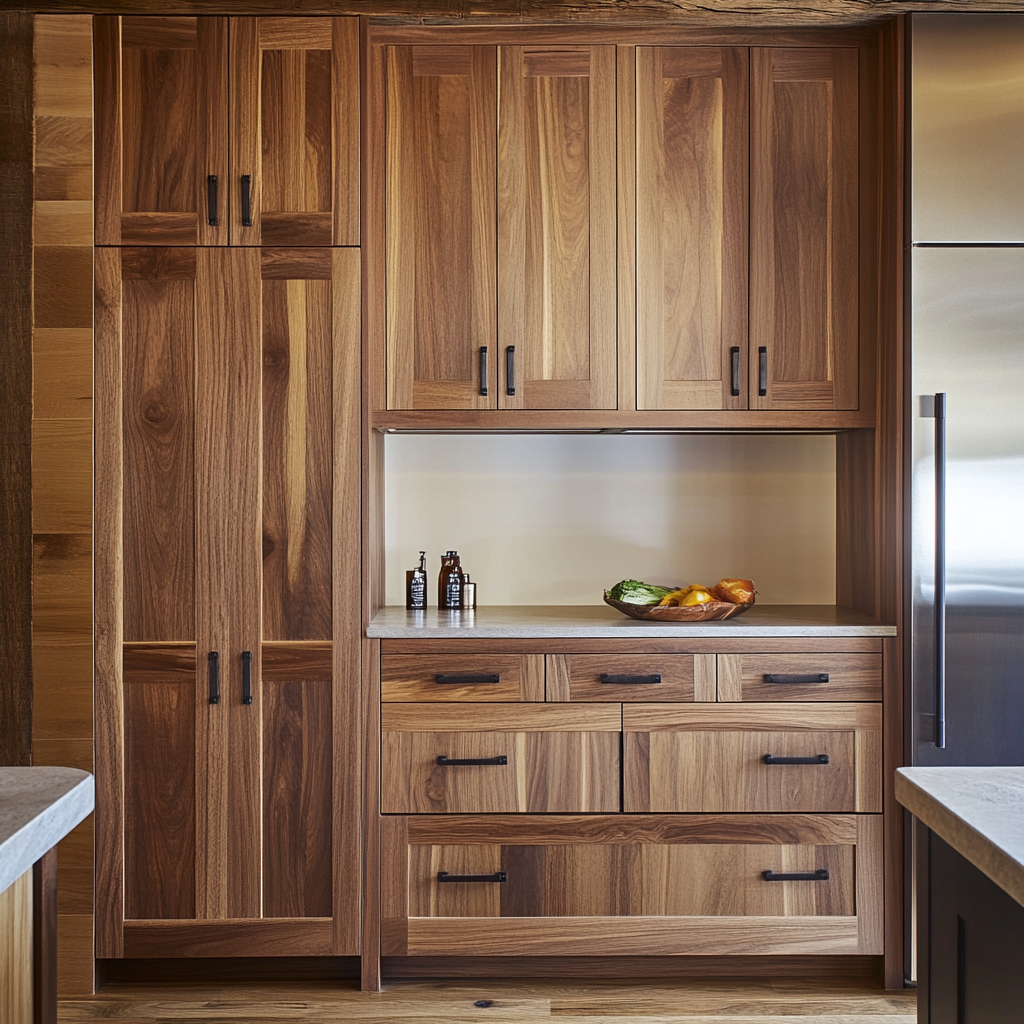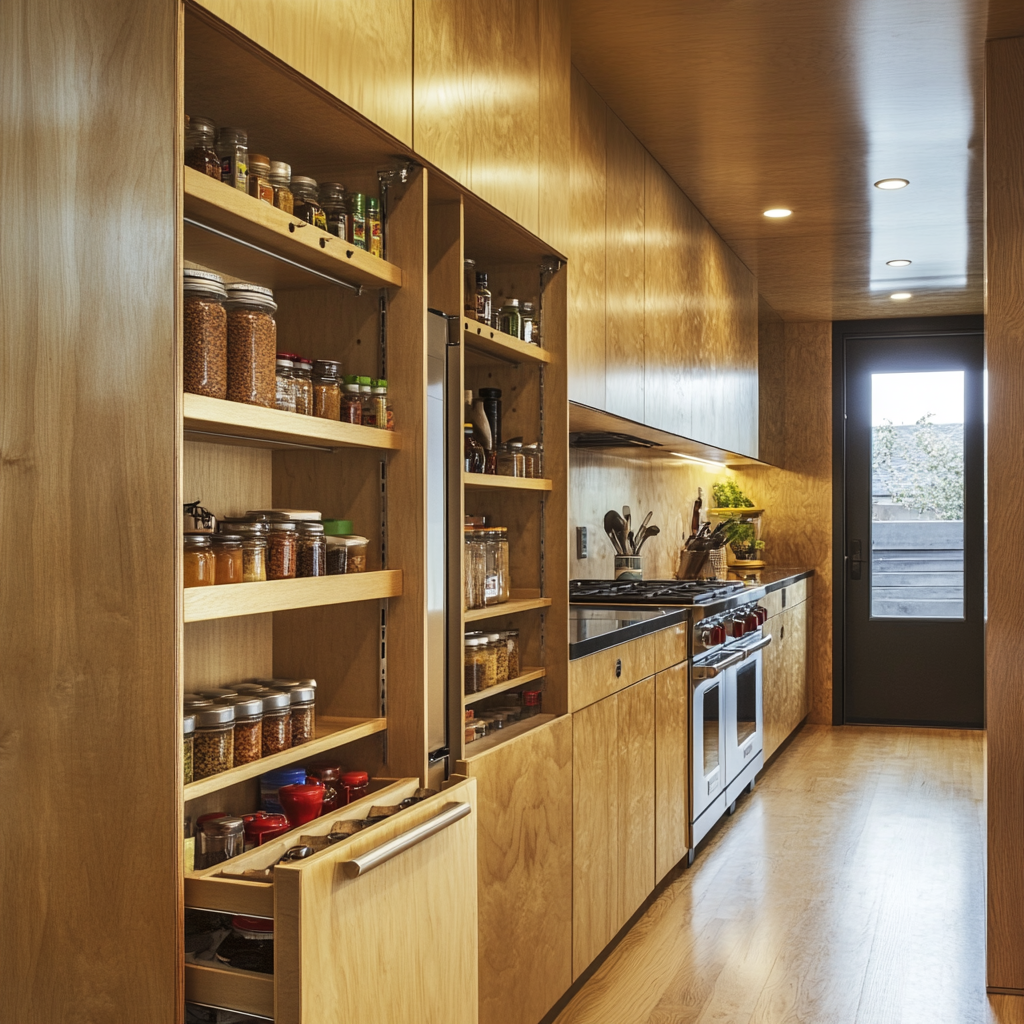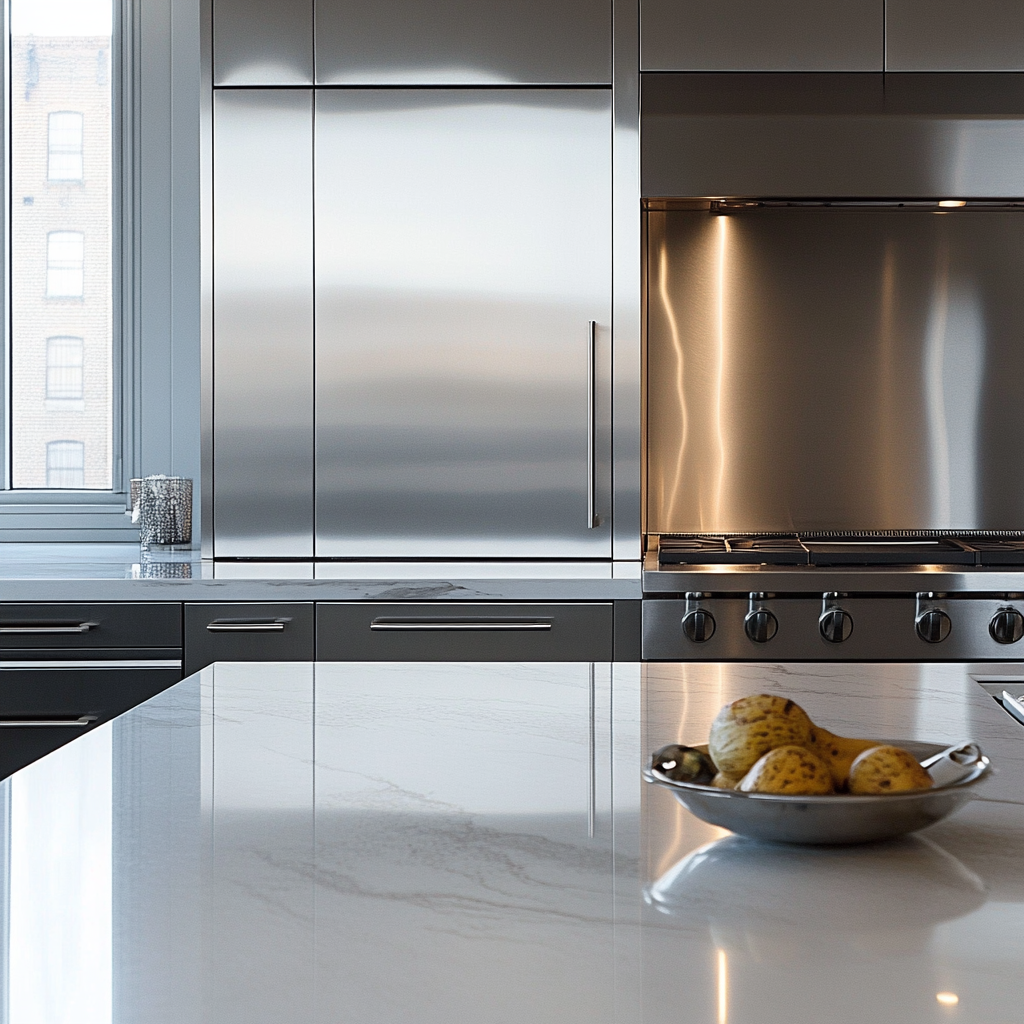When investing in kitchen cabinets, longevity is key. After all, replacing cabinetry is costly and disruptive—no one wants to do it every decade. But with so many materials, styles, and construction methods available, how do you choose cabinets that stand the test of time? In this guide, we’ll break down the types of cabinets that last the longest, spotlighting durable materials, timeless designs, and expert craftsmanship. Whether you’re renovating a modern kitchen or preserving a historic home, these insights will help you make decisions that balance beauty and resilience.
Why Cabinet Longevity Matters
Cabinets endure daily wear: slamming doors, spilled liquids, and the weight of dishes and appliances. Durable cabinets not only save you money in the long run but also maintain your kitchen’s functionality and aesthetic appeal. Factors influencing longevity include:
- Material quality (solid wood vs. engineered wood)
- Construction techniques (dovetail joints vs. staples)
- Finish durability (UV-resistant stains vs. cheap paint)
- Design adaptability (timeless styles vs. fleeting trends)
Let’s explore the top contenders for long-lasting types of cabinets.
1. Solid Wood Cabinets: The Gold Standard
Best for: Traditional, rustic, or luxury kitchens
Top Choices: Oak, maple, cherry, walnut
Why They Last:
Solid wood cabinets are revered for their strength and ability to be refinished. Unlike engineered materials, scratches or dents can be sanded out, and stains can be reapplied to refresh their look.
Pros:
- Naturally resistant to warping (if properly sealed)
- Ages gracefully, developing a rich patina over time
- Ideal for custom kitchen cabinets due to flexibility in design
Cons:
- Expensive (200–200–600 per linear foot)
- Requires maintenance (e.g., resealing every 5–7 years)
Tip: Work with a cabinet maker experienced in hardwoods to ensure precise joinery and finishing.

2. Plywood Cabinet Types: The Durable Engineered Alternative
Best for: Budget-conscious homeowners seeking durability
Top Choices: Baltic birch, marine-grade plywood
Why They Last:
Plywood—made by layering wood veneers—is stronger and more moisture-resistant than MDF or particleboard. It’s less prone to sagging, making it ideal for built-in kitchen cabinets with heavy loads.
Pros:
- More affordable than solid wood (100–100–300 per linear foot)
- Stable in humid environments (e.g., coastal homes)
- Lighter weight than solid wood, easing installation
Cons:
- Limited refinishing options (typically painted, not stained)
- Edges may require veneer or laminate to hide layers

3. Stainless Steel Cabinets: Industrial-Grade Resilience
Best for: Modern, commercial-style kitchens
Top Choices: Brushed or matte finishes
Why They Last:
Stainless steel is impervious to water, heat, and pests. It’s a staple in professional kitchens for a reason—it can handle decades of heavy use.
Pros:
- Zero risk of warping, rotting, or staining
- Hygienic and easy to clean
- Sleek, contemporary aesthetic
Cons:
- Expensive (400–400–800 per linear foot)
- Shows fingerprints and scratches easily
- Limited design versatility

4. Thermofoil Cabinet Types: Affordable but Limited Lifespan
Best for: Rental properties or budget remodels
Top Choices: High-gloss white, wood-look finishes
Why They Last (or Don’t):
Thermofoil cabinets—MDF wrapped in vinyl—are cost-effective but prone to peeling, especially near heat sources like ovens. They typically last 10–15 years.
Pros:
- Budget-friendly (50–50–150 per linear foot)
- Moisture-resistant (suitable for bathrooms)
- Easy to clean
Cons:
- Cannot be refinished; damage requires replacement
- Vulnerable to heat and UV discoloration
5. Inset Cabinets: Precision Craftsmanship
Best for: Historic homes or high-end kitchens
Top Choices: Shaker, beadboard, or flat-panel styles
Why They Last:
Inset cabinet types feature doors that sit flush within the frame, requiring meticulous craftsmanship. When built by a skilled cabinet maker, they offer unparalleled durability due to tight-fitting joints and high-quality hardware.
Pros:
- Timeless, elegant appearance
- Tight seals prevent dust and pest infiltration
- Compatible with solid wood kitchen cabinets for added longevity
Cons:
- Expensive (600–600–1,200 per linear foot)
- Seasonal wood expansion can affect the alignment
Keys to Maximizing Cabinet Lifespan
- Choose Soft-Close Hardware
Prevents slamming, reducing wear on hinges and frames. - Prioritize Dovetail Joints
This interlocking construction is stronger than staples or glue. - Opt for UV-Resistant Finishes
Protects against sun fading in kitchens with large windows. - Maintain Regularly
Clean spills promptly, tighten loose screws and reseal wood annually. - Organize Smartly
Learn how to organize your kitchen to avoid overloading shelves.
FAQs: Cabinet Durability Demystified
Q: What kitchen cabinet never goes out of style?
A: Shaker-style cabinets—clean lines, recessed panels, and versatile finishes—are eternally popular.
Q: How long should cabinets last?
A: Well-built solid wood kitchen cabinets can last 50+ years. Plywood lasts 25–30 years, while MDF averages 10–15 years.
Q: Are more expensive cabinets worth it?
A: Yes. Higher-cost materials (hardwood, stainless steel) and craftsmanship ensure longevity and ROI.
Q: What is the most durable cabinet material?
A: Solid wood (e.g., oak, maple) and stainless steel top the list for resilience.
Q: What type of kitchen cabinets are timeless?
A: Shaker, flat-panel, and inset designs transcend trends. Neutral finishes (white, gray, natural wood) also age well.
Final Thoughts
The types of cabinets that last the longest marry robust materials with thoughtful design. While solid wood kitchen cabinets and stainless steel lead in durability, even budget-friendly plywood can excel with proper care. For a truly enduring kitchen, partner with a cabinet maker to tailor solutions to your space—whether crafting custom kitchen cabinets or integrating smart storage to simplify how to organize your kitchen.